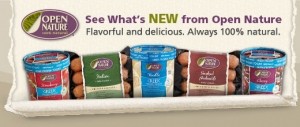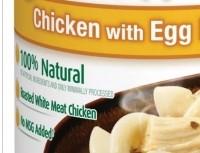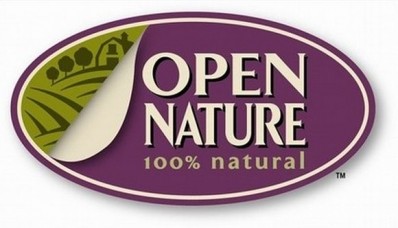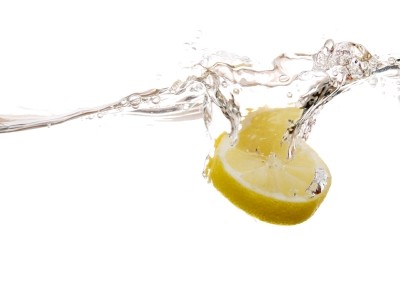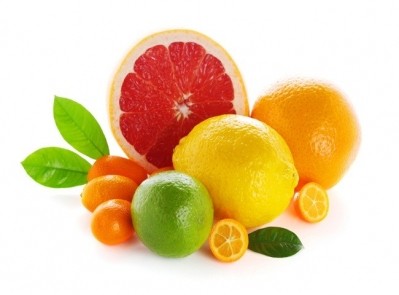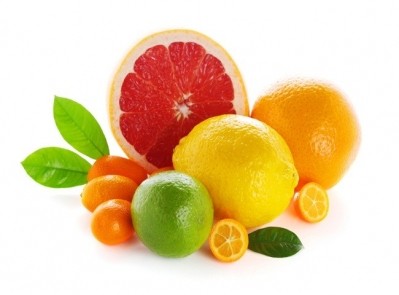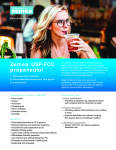Natural & Clean Label Trends 2013: Who's driving the agenda? From Simple Truth to Open Nature…
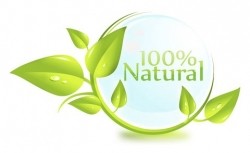
A good starting point is the ‘unacceptable ingredients’ lists from retailers such as Whole Foods (which bans 82 items from carmine to BVO (click here), and Kroger, which bans 101 ingredients in its Simple Truth natural range, from ‘most’ artificial colors, flavors, sweeteners and preservatives to HFCS and bleached flour (click here).
Safeway goes further, banning 130 ingredients (click here) from its Open Nature ‘Simple, real, 100% natural’ product range.
Safeway: We believe food should be simply prepared, the way you'd make it at home
On the Open Nature website, Safeway says: “We believe ingredients should come from nature”.
But this is not the only factor determining whether an ingredient makes the grade. After all, several ingredients banned from the range come from nature (HFCS, palm kernel oil, hydroxypropyl guar gum), but don’t fit the bill for other reasons.
It goes on to explain: “We believe food should be simply prepared, the way you'd make it at home… We believe food should be made with a commitment to quality.”
To paraphrase, if an ingredient sounds like a chemical, or isn’t in your kitchen cupboard, it’s going to be regarded with suspicion, whether it ‘comes from nature’ or not. Natural is about quality, trust, and transparency - and names you can pronounce.
Naturex: They might come from nature but they don’t sound natural
Baptiste Demur, business manager at French natural ingredients giant Naturex, says this is particularly evident in the natural antioxidant space (‘rosemary extract’ sounds considerably more appealing to consumers than BHT or BHA on a product label - and in many cases, is actually more effective as well).
“The name is very important", he says."Even tocopherols from vegetable oils - they might come from nature but they don’t sound natural. The same applies to some gums.”
CP Kelco: It’s hard to fight consumer perceptions, even if they are not based on facts
Indeed, the hydrocolloids sector has recently been on high alert following attempts by the Cornucopia Institute to re-ignite the debate about the safety of seaweed-based ingredient carrageenan, which is used in everything from processed meats to yogurt due to its gelling, thickening and emulsifying properties. (Click here).
And while the FDA rejected a citizen’s petition calling for it to ban carrageenan in foods and the industry argues that no new data has been presented to warrant a re-evaluation, there is always a risk that some firms will blacklist ingredients purely due to bad PR, as the ‘pink slime’ debacle demonstrated very clearly.
Says CP Kelco Global Marketing Director Jane Schulenburg: “It’s hard to fight consumer perceptions, even if they are not based on facts.
"But we can make sure we are prepared so that if customers are getting questions about carrageenan, we can provide them with the hard data they need to respond to consumer concerns.
“If manufacturers see a drop in sales because they are using a certain ingredient, then they have to respond, but the frustrating thing is that in many cases, consumers will move onto the next thing very quickly.”
Campbell Soup: Xanthan gum, locust bean gum and carrageenan are natural ingredients that provide texture
One positive approach adopted by manufacturers such as Campbell Soup and Nestlé is demystifying ingredients by spelling out what they are and what they do on pack, says Schulenburg.
For instance, Campbell’s Select Harvest 100% natural soup cans say: “Xanthan gum, locust bean gum and carrageenan are natural ingredients that provide texture. Maltodextrin is a carbohydrate that comes from potato or corn starch.”
Meanwhile, the ingredients declaration on Nestlé’s milkybar white choc bars does a similar job: “Whey powder (from milk), vegetable fat (from tropical plants), emulsifier lecithin (made from soya beans & holds the ingredients together)…”
Z-Trim: ‘Corn fiber’ sounds more consumer-friendly than carboxymethylcellulose and propylene glycol alginate
But where manufacturers can switch to more friendly-sounding ingredients, they will, especially if they can save money, says Z-Trim, which produces a range of ingredients from corn and oat bran using a proprietary process that confers upon them similar qualities found in starches, gums, fats and other ingredients.
At first, the demand was coming from companies looking to replace fat and save money, says Lynda Carroll, Z-Trim VP of sales and applications.
Today, however, customer are equally attracted by the clean label aspect - in that ‘corn fiber’ sounds more consumer-friendly on a label than modified food starch, carboxymethylcellulose, propylene glycol alginate and various hard-to-pronounce hydrocolloids and gums (however natural they are).
(It also sells non-GMO versions.)
NPA: The board of directors feels strongly that NPA should move ahead to define natural foods

But what about a legal definition of what does, and doesn’t, belong in a natural product?
Given that the FDA has shown no enthusiasm for coming up with one any time soon, some industry groups are trying to step into the breach.
However, the progress has been slow, admits Natural Products Association senior VP, scientific and regulatory affairs, Dr Cara Welch.
“The NPA board of directors feels strongly that NPA should move ahead to define natural foods, but is having additional discussion to discern the best path forward.
“Regarding GMO foods, NPA supports the consumer's right to know and encourages voluntary labeling of GMO foods. At this point in our process to define natural foods, I can't say how that fits exactly.”
For a more indepth discussion of how consumer understanding of natural is evolving, and who is really driving the clean label agenda, we have gathered a panel of experts to debate this topic next Wednesday (June 26) at our free-to-attend online event, Natural & Clean Label Trends 2013.
Tune in to find out:
1 - What does research tell us about what consumers consider to be 'natural'?
2 - Who is driving the natural and clean-label agenda?
3 - What processing methods render a product from a natural source (corn, stevia) un-natural?
4 - Is the term 'natural' at risk of becoming devalued?
5 - Where is the ‘natural’ trend going?
Panelists:
- Chris Brockman: Senior Global Food & Drink Analyst, Mintel
- Aaron Edwards: Director, Wholesome Ingredients Business, Ingredion UK Limited
- Dr Catherine Adams Hutt: President, RdR Solutions Consulting
- Dr Mary C. Mulry: President, FoodWise
Click here to find out more and sign up for free to Natural & Clean Label Trends 2013, which also features presentations from:
Datamonitor: The natural and clean label market opportunity
BraunHagey & Borden LLP: Are natural claims worth the legal headaches?
Ingredion: Growth Opportunities for Clean-Label-Positioned Foods and Beverages
